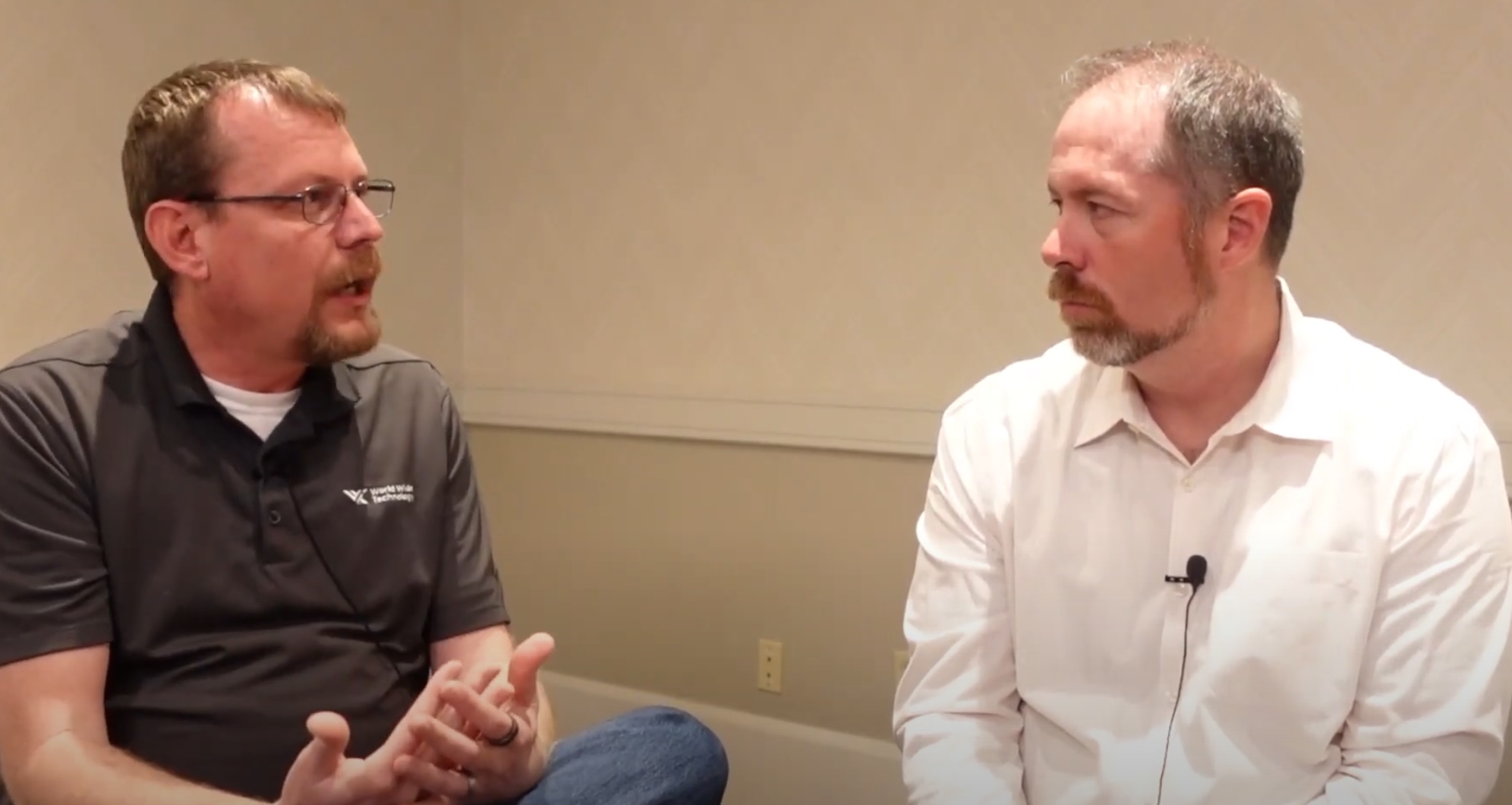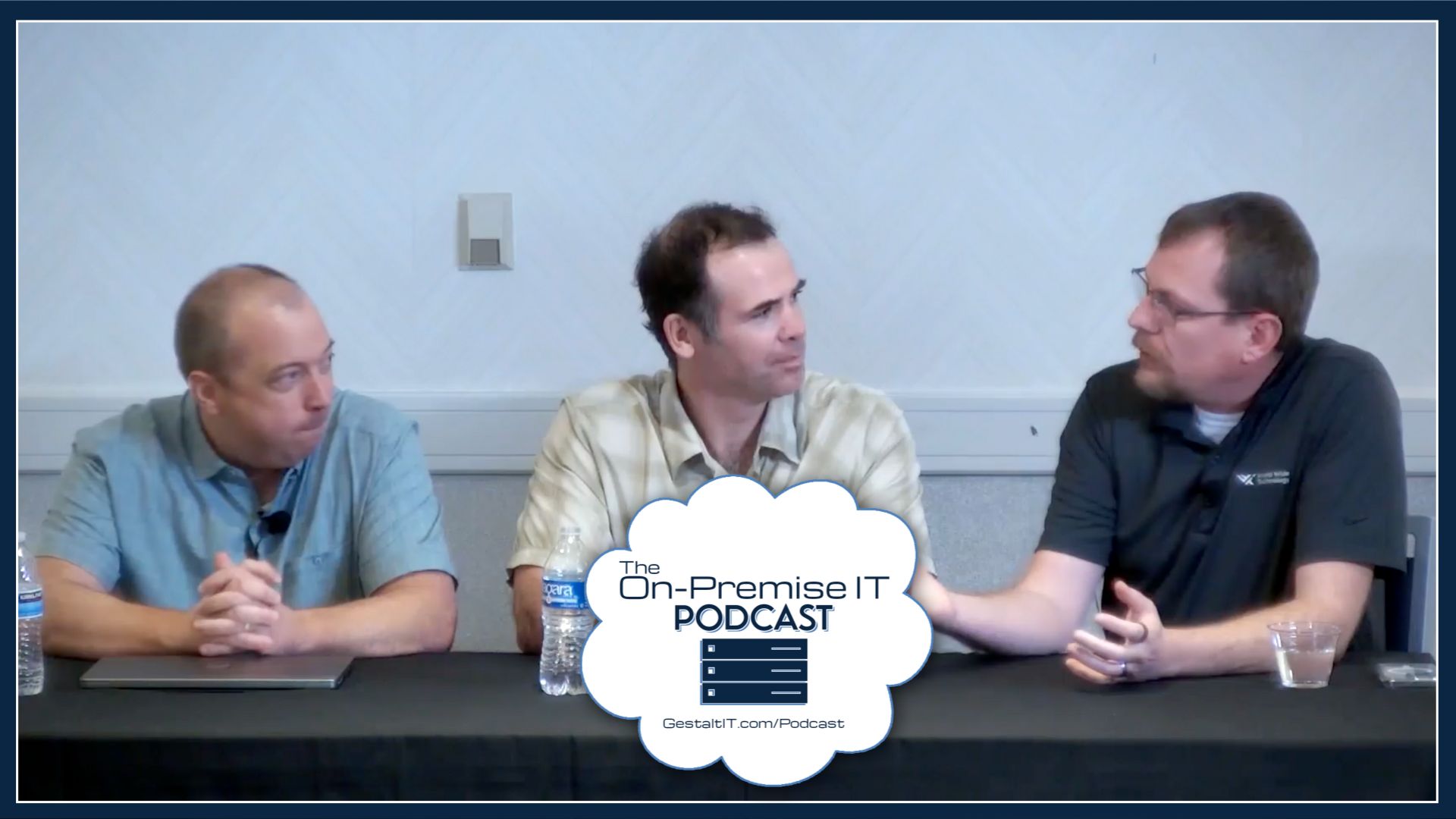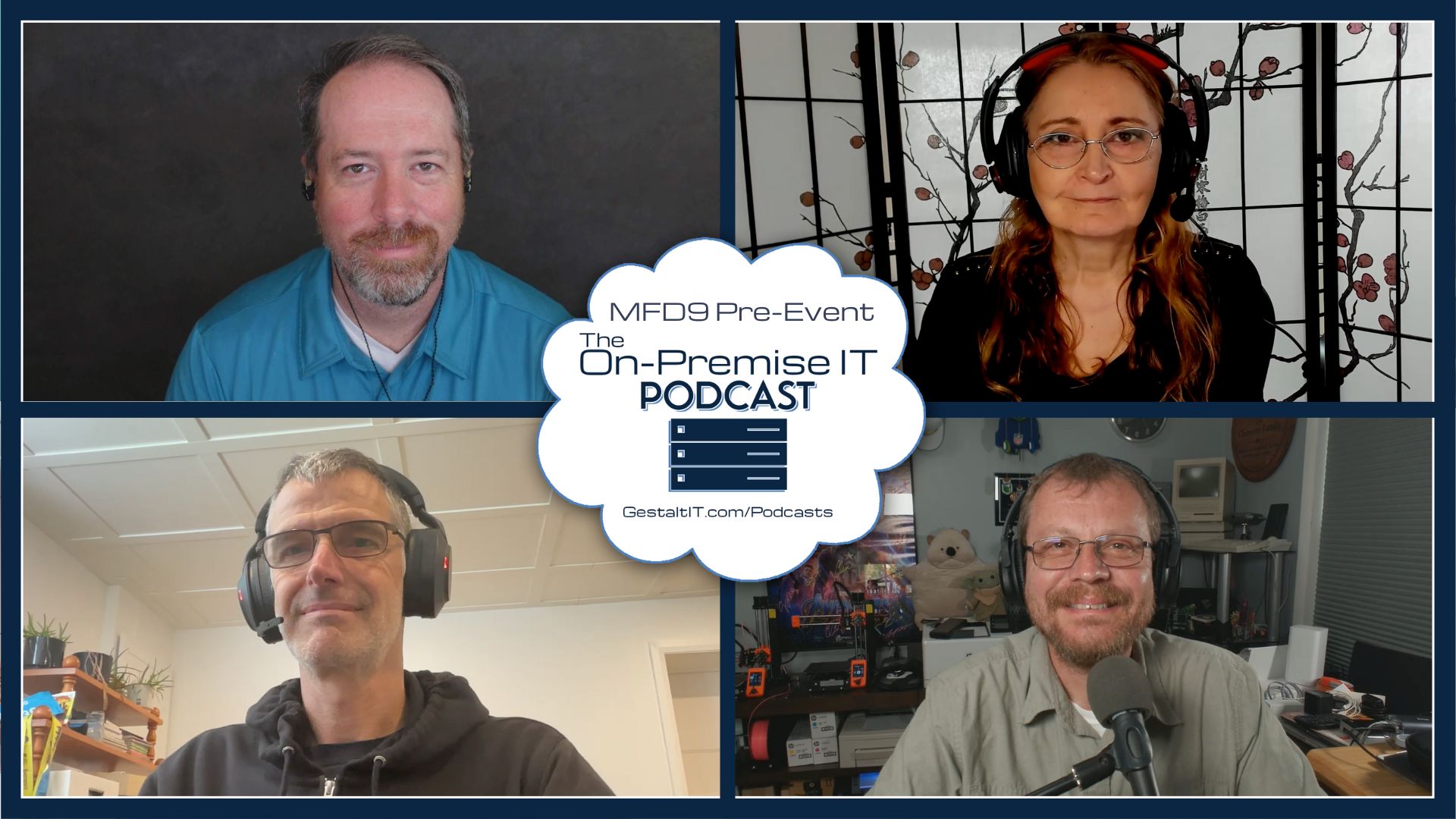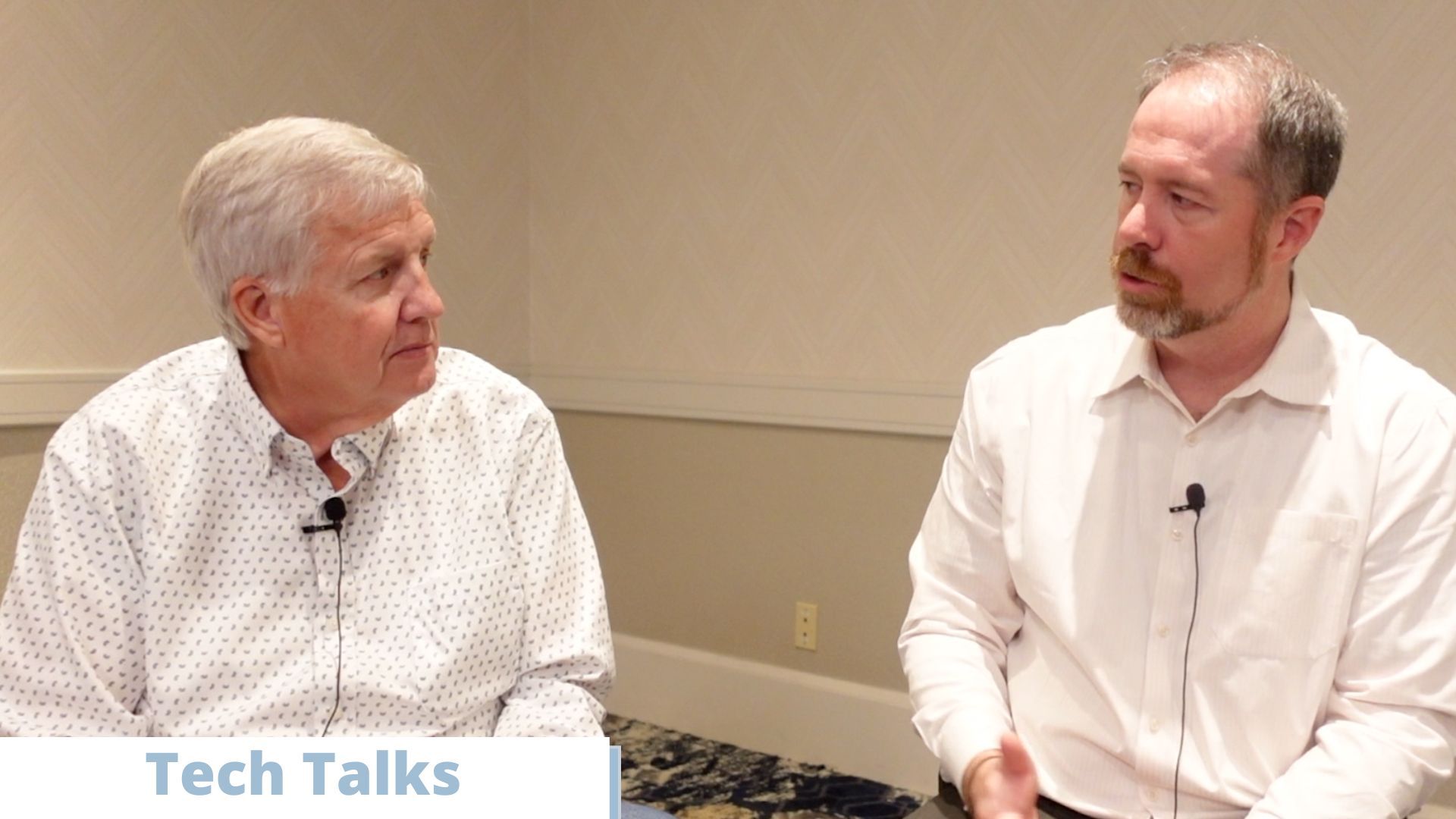When something is wrong with the network, it is often assumed to be a Wi-Fi problem. For decades, connection problems have been relegated to Wi-Fi issues, making Wi-Fi support the reluctant winner of the “fix-what-is-broken-department” title.
This hit a nerve as more people started to connect to the network for daily activities and the number of tickets exploded. It is undeniably vexing to have to deal with problems daily that are far removed from one’s own area of work. Inevitably, the issues get escalated and passed on downstream with a hint of frustration.
But professionals maybe overlooking the bigger picture, says Sam Clements, Technical Solutions Architect and a Field Day delegate. Host, Tom Hollingsworth sat down with Clements at the Mobility Field Day event, to talk about how this maybe an opportunity to embed a user-first imperative within organizations.
A Perception Problem
The chagrin of Wi-Fi teams is easy to explain. “When something goes wrong, nobody wants people to look at their thing as being the thing that is broken,” says Clements.
The teams encounter hundreds of issues every day that they are under the pressure to resolve as quickly as possible. Unrelated tasks for which they have no real solutions for simply add to their workload. It is confusing and irksome, but Clements urges Wi-Fi professionals to look at it through a different lens.
“If you take a step back from the knee jerk reaction and instead think of what you can do to help the users, we can build these bridges with them,” he says.
The customer-first approach is always the best approach for businesses. It translates to customer loyalty and business success. Self-justifying does not align with that thinking, he says. “It drives a wedge between the users who are using the solution and those whom they are going to for support.”
Prioritizing User Experience
Instead, Clements advises handling it in a professional way. “You have to put yourself in the shoes of a user 9 times out of 10 and you have to understand that they don’t have anywhere to go,” he says.
One may not necessarily have all the answers, but taking ownership of problems, and demonstrating a willingness to resolve them goes a long way to making customers feel heard.
One may argue that the customer-first philosophy is a teamwork, not something that can be executed on the back of one team. Clements emphasizes that putting users at the center of everything is only an attitude, not a job description. It only means that the support team puts the needs and expectations of the users first instead of taking it personally, and seek ways to deliver the best resolution possible.
It’s worth nothing that it does not mean that one must solve complex problems outside their niche. It only takes a few extra steps to confront a problem rather than deflecting it. Identify the issue, analyze it, look at the possible resolutions, and guide the user to a specialist.
It’s a fundamental shift from the way tickets are traditionally resolved. Advocates of technology will have to let go of the tunnel vision, and espouse a less siloed focus. It will also take some upskilling for all involved, but in the end, it is what will drive sustained growth in a highly competitive marketplace.
“We have the skills foundationally. So instead of passing the ball, if we learn new things from other domains, we can be helpful to the users, the vendors, and the organization,” says Clements.
Demonstrating a sense of agency and engaging in problem-solving is the essence of being an employee. “It doesn’t matter if someone started a ticket on your Wi-Fi team even if it’s not a Wi-Fi problem per se, because you’re helping the users which is after all the point of the team,” he reminds.

Wrapping Up
One can’t deny that keeping users happy has its rewards. Users are the biggest promoters helping shape a positive brand image from their experiences. Addressing their pain points encourages this. In the end, it is not just a responsibility for companies, it is in their interest to truly solve the problems.
For more, check out the Tech Talk with Sam Clements, and for more such interesting talks, be sure to tune in to the Gestalt IT Tech Talk series from the Field Day events.




